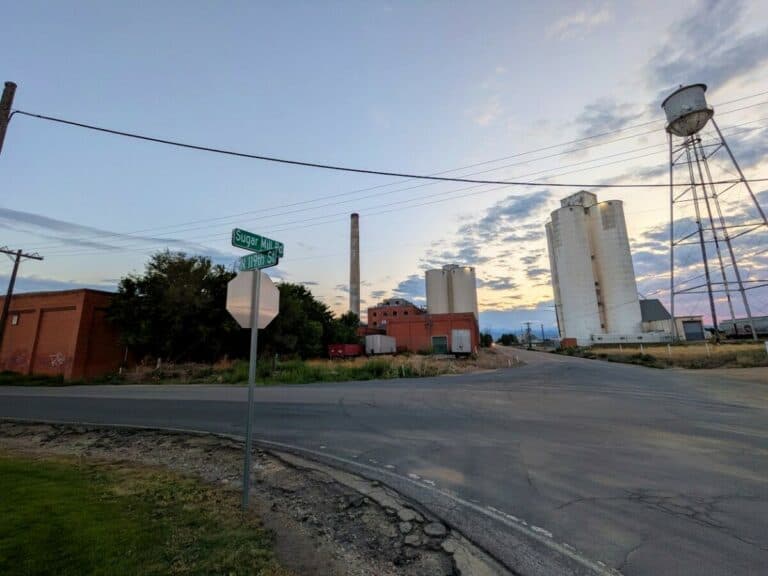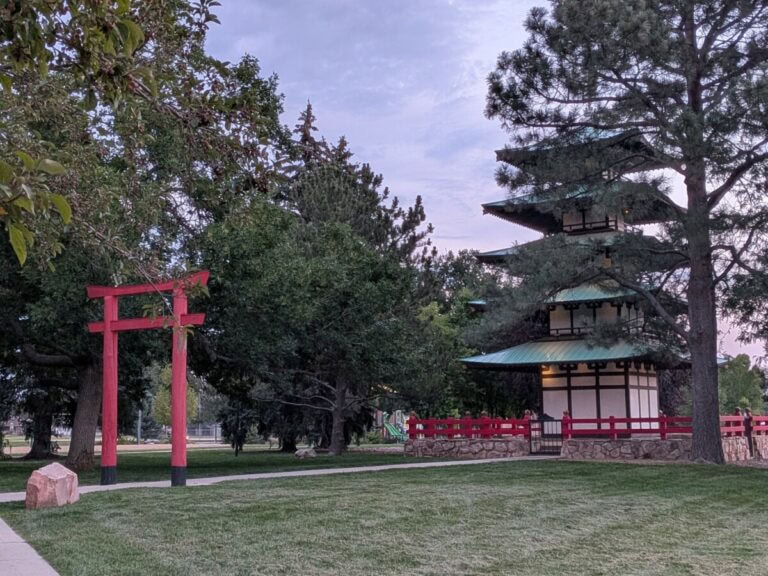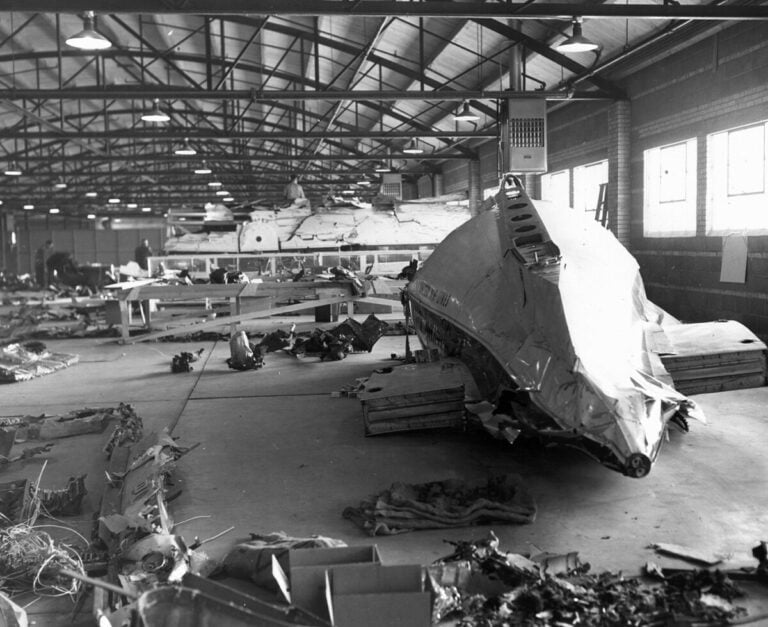How Longmont Astronaut Vance Brand Made History at NASA
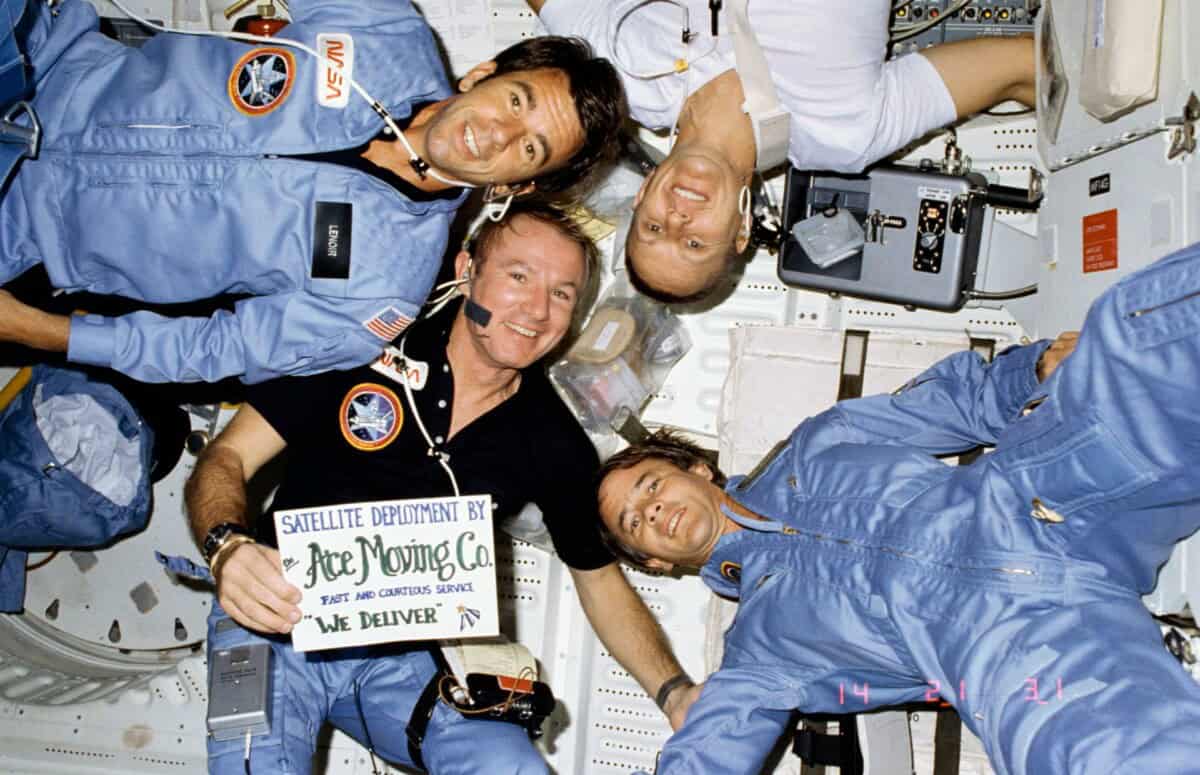
Longmont astronaut Vance Brand on the Columbia Space Shuttle while orbiting Earth, Nov. 12, 1982. He is surrounded by, clockwise, left to right, astronauts William B. Lenoir, mission specialist, Robert F. Overmyer, pilot, and Joseph O. Allen IV, mission specialist.
From his roots in Longmont, Colorado, Vance Brand became a central figure in the evolution of American spaceflight, completing 4 trips to space and logging 746 hours in space. His career spanned Cold War diplomacy, early space shuttle missions, and involved incredible technical leadership.
This is how Brand went from being a small-town jet pilot to one of NASA’s most respected astronauts.
Early Life and Education
Vance Brand was born in Longmont, Colorado on May 9, 1931. He graduated from Longmont High School, where his interest in mechanics and aviation began to take shape.
Having grown up surrounded by the wide skies of the Front Range, Brand developed a passion for flight and engineering that would greatly impact his future life.
College Degrees and Military Training
Brand earned a business degree in 1953 and later a Bachelor of Science in Aeronautical Engineering in 1960, both from the University of Colorado. He served as a Marine Corps jet pilot from 1953–1957, including a 15 month tour in Japan, and completed his MBA at UCLA in 1964.
Test Pilot and Pre-NASA Career
After his military service, Vance Brand joined Lockheed Aircraft Corporation in 1960. He worked as a flight test engineer helping develop the Navy’s P3A patrol aircraft.
His role expanded into testing the high-performance F-104 Starfighter programs in Canada and Germany, where he gained valuable international and technical experience.
Naval Test Pilot School and Europe Assignments
Brand graduated from the U.S. Naval Test Pilot School in 1963, at 32 years of age. He was then stationed in Istres, France, where he led a Lockheed flight test advisory group for the German F-104G program.

NASA Astronaut Selection and Training
Vance Brand was selected as one of 19 pilot astronauts in NASA’s 1966 class. He took part in thermal vacuum chamber testing for the Apollo command module and supported both the Apollo 8 and 13 missions.
Brand then served as backup command module pilot for Apollo 15 and backup commander for Skylab 3 and 4. He also contributed to mission development and flight operations planning.
Apollo-Soyuz Test Project (ASTP)
Mission Overview and Significance
In July 1975, the Apollo-Soyuz Test Project became the final Apollo mission and the first international crewed space mission, marking a major diplomatic step during the Cold War.
It featured a symbolic handshake in space between American astronauts and Soviet cosmonauts, reinforcing the potential for peaceful cooperation.
The mission also served as a proving ground for joint operations, conducting shared experiments and testing a new docking system compatible between both spacecraft, which would heavily influence future international collaborations in spaceflight, including the ISS.
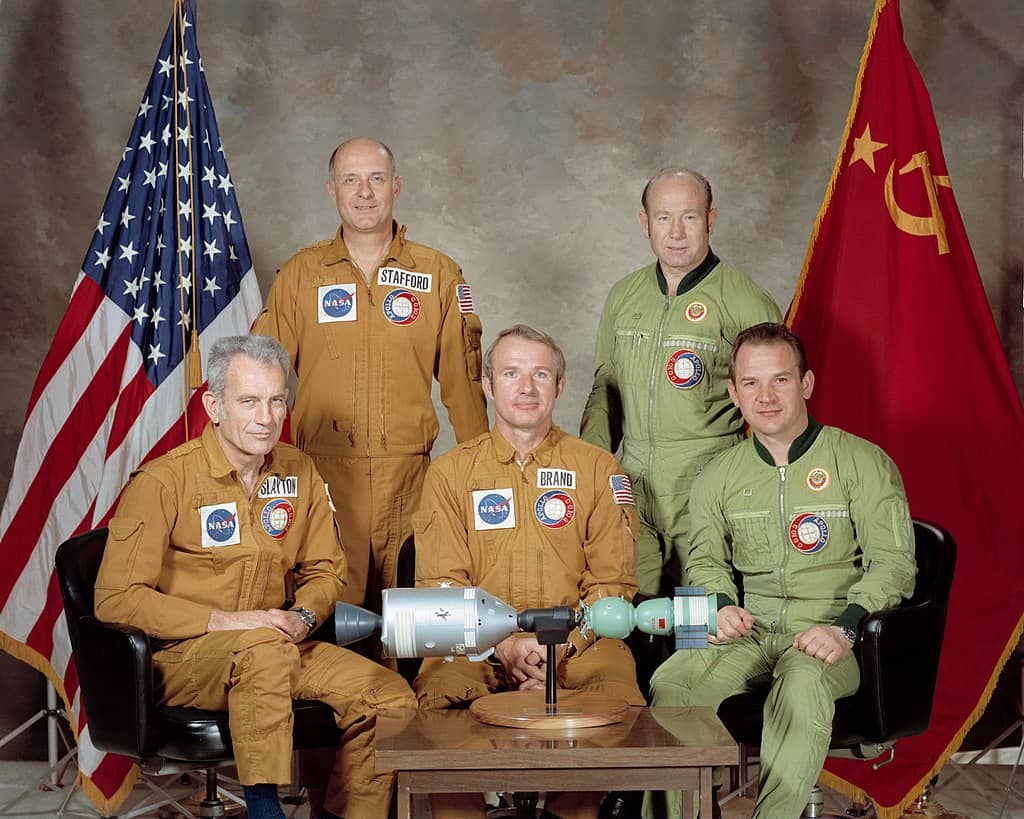
Brand’s Role and Achievements
Vance Brand flew as the Apollo command module pilot, responsible for navigation, control, and system operations. The mission involved:
- A rendezvous and docking two days after launch
- 44 hours of joint activity in orbit
- Four crew transfers between Apollo and Soyuz
- 28 scientific experiments across fields like biology, Earth observation, and materials science
Brand and the Apollo capsule splashed down on July 25, concluding a successful 217-hour mission and a pivotal moment in space history.
Space Shuttle Missions
After the end of the Apollo-Soyuz program, Brand continued his career with NASA. Seven years later, he made the first in a series of crucial space shuttle flights during the development of the program.
STS-5 Columbia (1982)
Vance Brand commanded STS-5, the first fully operational flight of NASA’s Space Shuttle program. Launched aboard Columbia, the mission successfully deployed two commercial communication satellites, proving the shuttle’s capability as a reliable orbital platform.
It also marked the first use of the Payload Assist Module, a rocket stage that boosted satellites into higher orbit.
STS-41B Challenger (1984)
Brand returned to space aboard Challenger for STS-41B, a mission that tested key technologies. This flight featured the first untethered spacewalk using the Manned Maneuvering Unit (MMU). It also achieved the first shuttle landing at the Kennedy Space Center, a milestone in space shuttle operations.
STS-35 Columbia (1990)
Brand’s final mission, STS-35, focused on astronomical research using ultraviolet and X-ray instruments. The shuttle launched at night and returned after nine days of celestial observations, contributing significant data on active galactic objects and stellar phenomena.

Vance Brand’s Post-Astronaut Career and Legacy
NASA Leadership Roles
After leaving active flight status, Vance Brand took on senior roles in aerospace planning and leadership. From 1992 to 1994, he served as Chief of Plans for the National Aerospace Plane (NASP) program.
He later became Deputy Director for Aerospace Projects at NASA’s Dryden Flight Research Center, where he helped guide experimental aviation initiatives.
Awards and Recognitions
Brand’s contributions earned him numerous honors, including the Ambassador of Exploration Award, now on display at the Longmont Museum. His accolades include:
- NASA Distinguished Service Medals (1975, 1992)
- Harmon Trophy (1993)
- Yuri Gagarin Gold Medal (1976)
- Multiple international and U.S. aerospace awards
- Namesake for Longmont’s Vance Brand Airport (1988)
These honors reflect a career defined by excellence, innovation, and a legacy that continues to inspire. Vance Brand is one of Longmont’s most celebrated scientists and professionals, and helped show the world what makes Longmont a special place.

